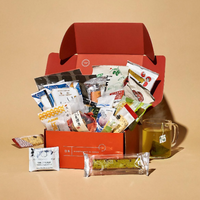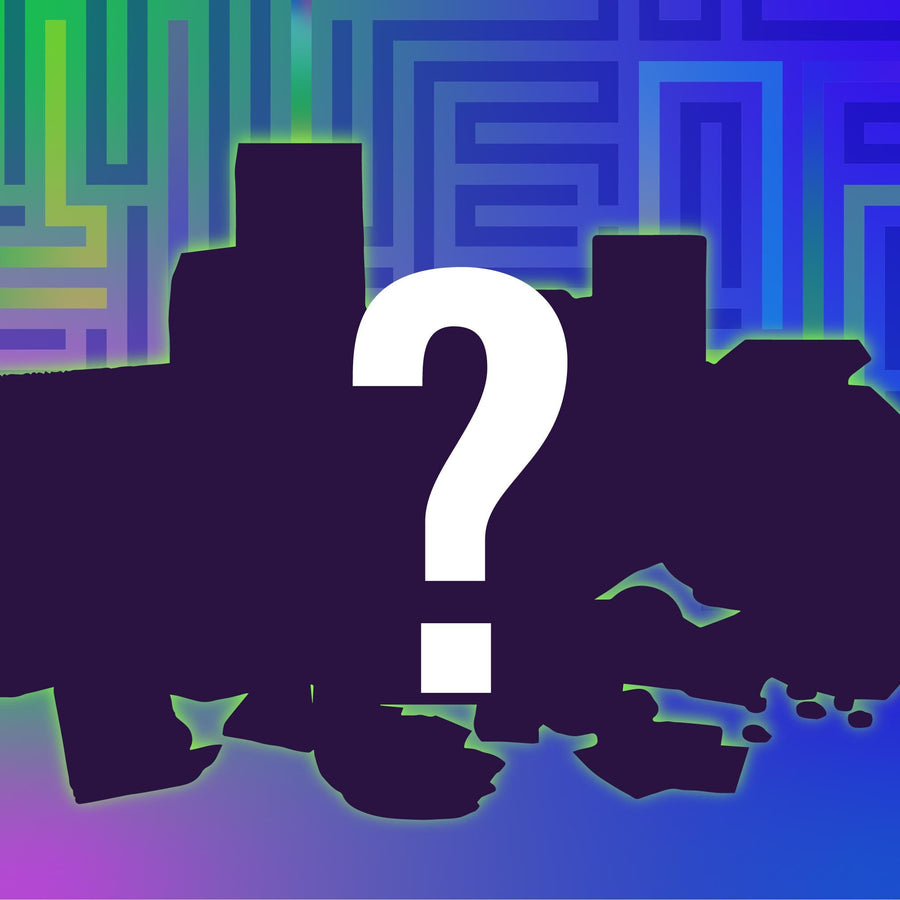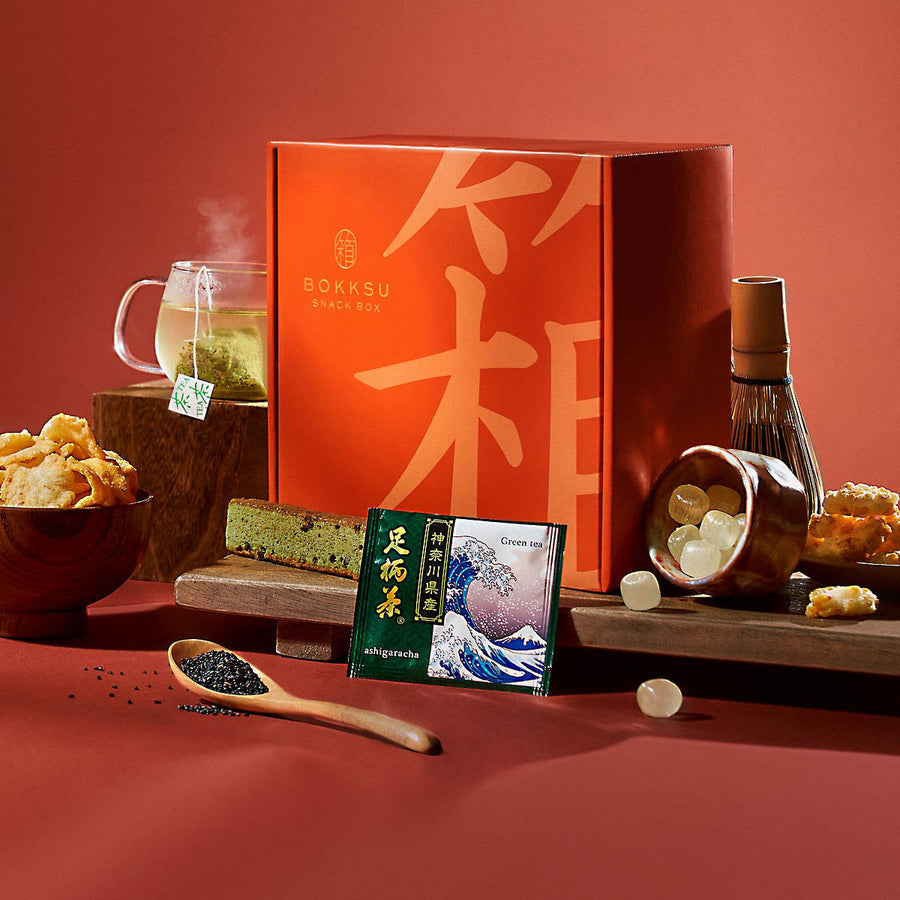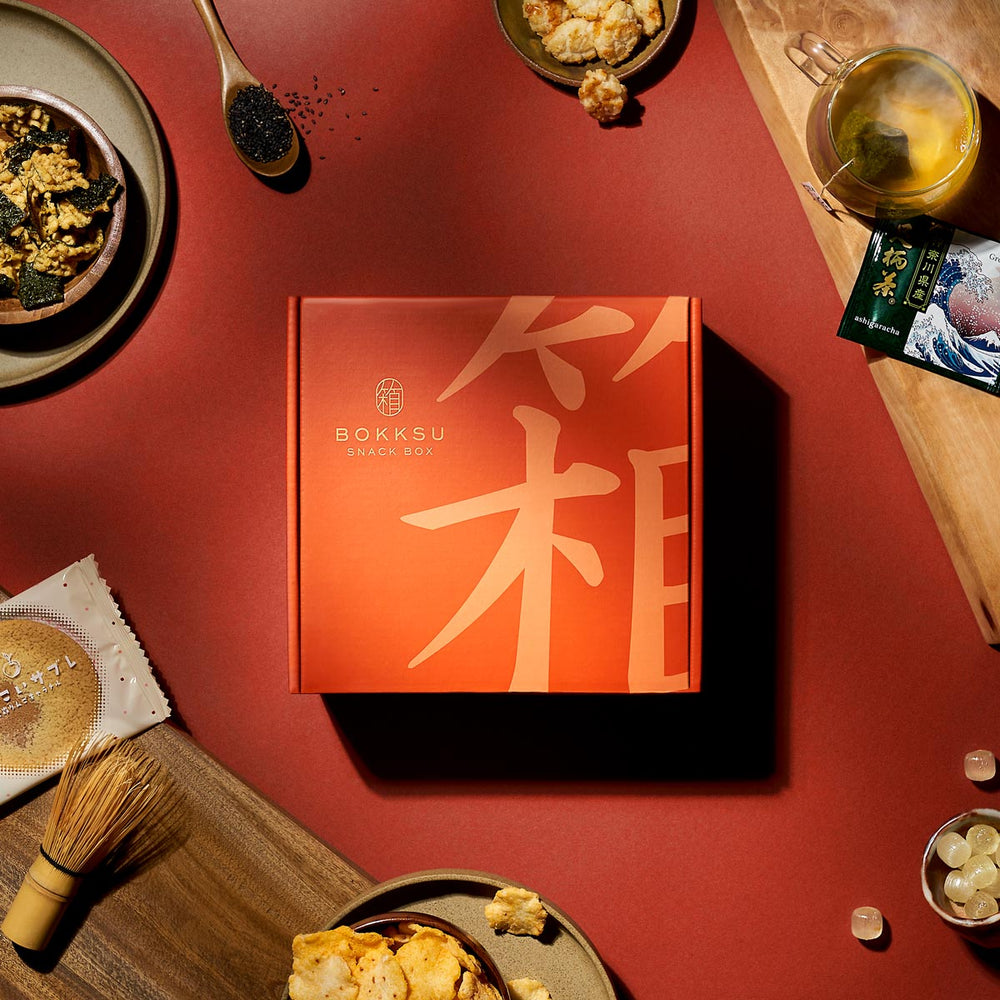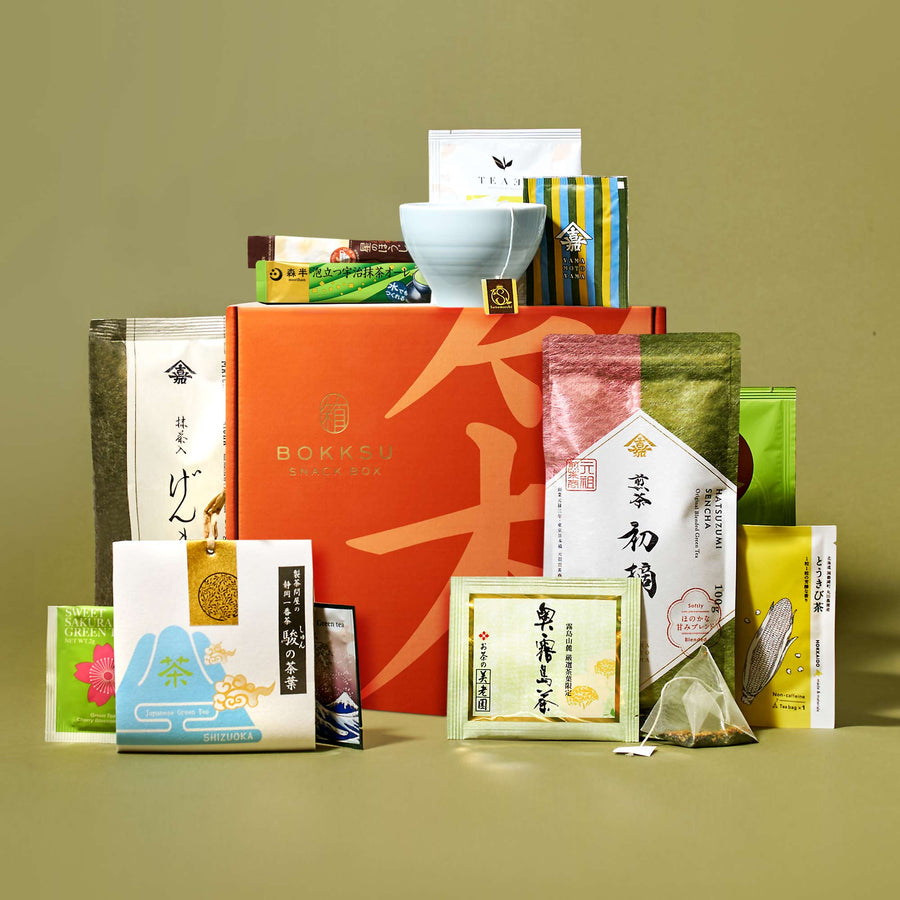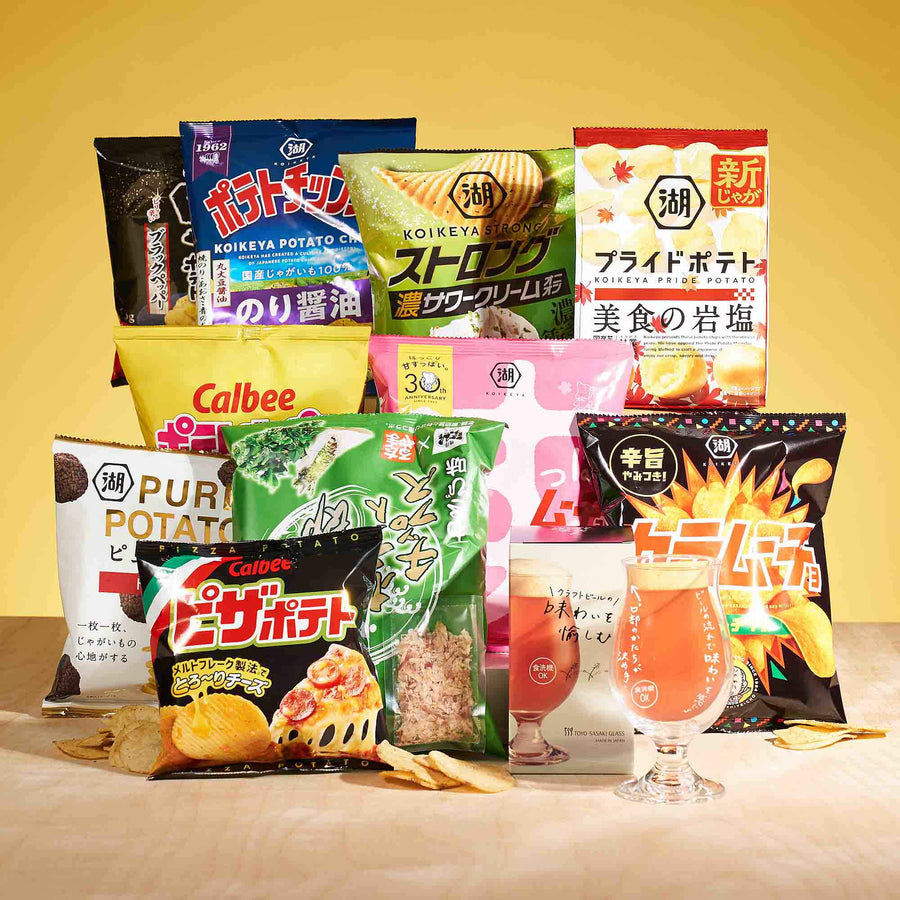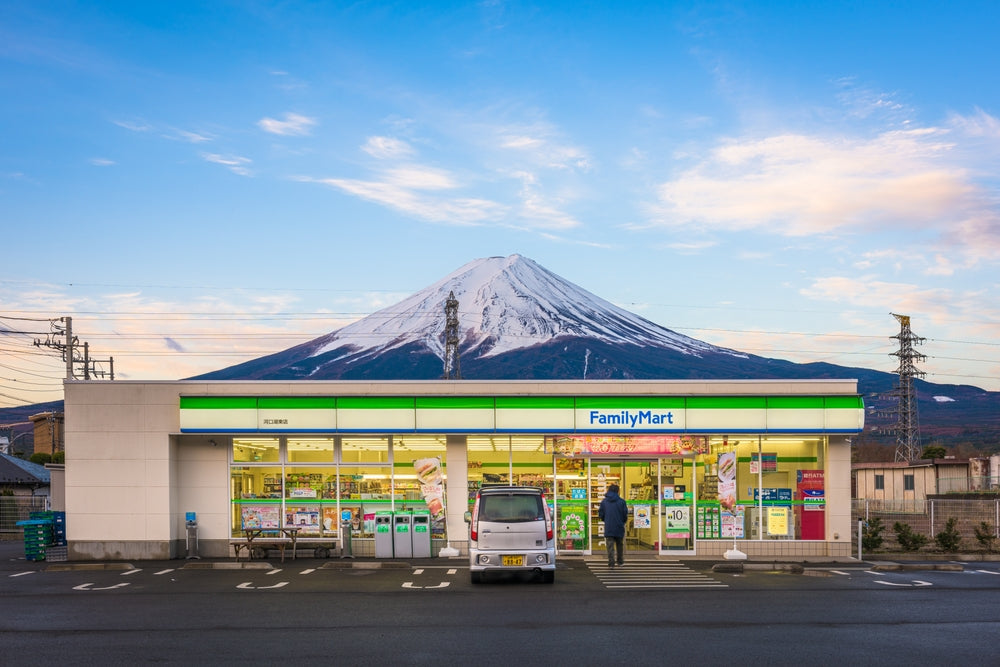A Relaxing Escape to Beppu: Japan’s Best Onsen and More
If you love relaxing baths, head over to Beppu City, the capital of hot springs in Japan. Beppu is a top destination for tourists looking to explore the most unique onsen facilities in the country.
We’ve created a tourist guide on what to do in the natural paradise that is Beppu, Oita, Japan. Use it to learn about the history of the city, the best onsen in the area, and things to do beyond the hot springs.
Introduction: Why Beppu is a Must-Visit Destination in Japan

Beppu is a Japanese city located in the Oita Prefecture. It has a global reputation as Japan’s top hot spring town, thanks to the abundance of onsen (hot spring resort) facilities in its steaming landscapes. There are eight hot spring zones in the city, known as Beppu Hatto:
-
Myoban Onsen
-
Beppu Onsen
-
Kankaiji Onsen
-
Shibaseki Onsen
-
Hamawaki Onsen
-
Horita Onsen
-
Kamegawa Onsen
-
Kannawa Onsen
The thermal waters of those zones feed 16 major bathhouses. Overall, Beppu boasts more than 150 onsen facilities. There are about 2,909 hot spring vents in the city, which account for over 10% of the 27,644 vents in Japan.
Unlike many other onsen towns, the area includes unusual experiences like mud, sand, steam, and foot baths. Its unique geothermal attractions extend past relaxing onsen baths; the city has other attractions, such as view-only hot spring tours and a steaming well.
A Brief History of Beppu: Japan’s Onsen Paradise
The history of Beppu’s hot springs began in the Kamakura period (1185–1333), when the city was part of the Bungo Province. It served as a healing resort for the samurai of that era, thanks to its onsens. Wounded samurai visited sanatoriums in the area to recover from their injuries.
Beppu began to receive more diverse visitors after the opening of the Kunisaki Port (formerly Beppu Port) in 1871. The port was connected to the Seto Inland Sea, allowing better access to Osaka, Kobe, Hiroshima, and other cities. The government began to transform the natural hot springs of Beppu into tourist destinations in 1879 with the opening of Takegawara Onsen.
During the Meiji Period (1868-1912), there were major advancements in the Kazusabori method of boring wells, which led to the creation of over 1,000 wells by the end of the era. Today, Beppu remains one of the most visited onsen towns in Japan, thanks to its large volume and diverse range of hot springs.
The Hells of Beppu: A Tour of the Jigoku Hot Springs

The Hells of Beppu (Beppu no jigoku) is a collection of colorful, steaming hot springs reserved for viewing and not for bathing. It’s a popular Beppu attraction, made of seven “hells” (jigoku), four of which were designated National Sites of Scenic Beauty in 2009.
There is a famous course called “Beppu Jigoku Meguri,” which features a tour of all seven hells. Tourists can access the Kannawa district, featuring five hells, on foot. The Shibaseki District only contains two hells but is only accessible via bus or car rides.
Each hell has its own unique features and myths. The following is an overview describing all seven hells:
-
Oniyama Jigoku (Crocodile Hell): Thanks to the natural heat, this area is home to about 80 crocodiles and was the first facility in Japan made for breeding the creatures.
-
Umi Jigoku (Sea Hell): The Beppu tour of the hells starts here. It features cobalt-blue water at 98°C, hot enough to boil eggs.
-
Oniishi-bozu Jigoku (Monk Head Hell): The term “bozu” is the Japanese word for monk. Hence, this hell is named after its mud bubbles, which resemble the bald heads of monks.
-
Kamado Jigoku (Furnace Hell): It features multiple boiling ponds resembling cooking pots. One of these ponds changes color based on the weather and its internal temperature.
-
Shiraike Jigoku (White Pond Hell): This area features light blue waters and a tropical aquarium filled with piranhas and other unusual fish species.
-
Chinoike Jigoku (Blood Pond Hell): Located in the Shibaseki District, Blood Hell has photogenic red-hot mud and a famous gift shop. It’s one of the oldest “hells” in the town.
-
Tatsumaki Jigoku (Tornado Hell): This hell is the only one that is a geyser. It’s one of the two hells in the Shibaseki District. There is a roof over the geyser that stops it from shooting water to its full height, thereby allowing tourists to view the frequent eruptions up close.
Best Onsen to Visit in Beppu for a Relaxing Experience

Let’s explore a list of some of the top onsen in Beppu.
-
Beppu Onsen Hoyoland: This traditional bath complex features regular hot water baths as well as mud and steam baths. It has an indoor and outdoor zone. The indoor zone offers separate facilities for male and female guests.
-
Takegawara Onsen: Opened in 1879, this resort is the oldest one in Beppu. It has preserved most of its old-school charm. Besides a normal hot spring bath, the onsen also features a sand bath.
-
Tanayu: People who stay in the Suginoi Hotel will get the easiest access to the Tanayu onsen. This facility is the main hot spring bath in a hotel that doubles as a ryokan. Another famous attraction at Suginoi is the outdoor pools on its roof.
-
Myoban Yunosato: Sulfuric waters make up the outdoor and indoor baths at the onsen. Tourists can examine the production of sulfuric crystals (or yunohana) by exploring the shops and huts at the resort.
-
Kannawa Mushiyu: This facility focuses heavily on its steamed bath (mushiyu). People from all over the world visit to relax or to find relief from pain and illness.
Things to Do in Beppu Beyond the Hot Springs

There are other must-visit attractions in Beppu that don’t involve immersing yourself in hot spring water, steam, sand, or mud.
-
Beppu Ropeway: This is an aerial lift line that connects Beppu Onsen (Beppu Ropeway Station) to Mount Tsurumi. The mountain is merely 1,375 meters tall. Its surrounding scenery changes with the seasons.
-
Beppu Rakutenchi Amusement Park: The park is arguably the oldest on the island of Kyushu. It features one of Japan’s most famous ferris wheels, a roller coaster, a merry-go-round, and a retro gaming area.
-
Beppu Bay: The scenic Beppu Bay area is the venue for the Beppu Fireworks Festival, which takes place in late July every year. The bay connects directly to the Seto Inland Sea.
-
Beppu Tower: The famous Beppu Tower is a lattice tower standing at 100 meters. It was officially completed in 1957 and used as a communications tower. Initially, the structure was named Sightseeing Center TV Tower, but its name changed in 1961. Today, the Beppu Tower is a TV tower with a 55-meter observation deck.
Beppu’s Unique Steam Cuisine: A Taste of Jigokumushi Cooking
Jigokumushi (hell-steamed) cooking is the traditional Beppu food method of using onsen steam to prepare food. This method relies on the natural hot steam from the springs to slowly cook food. The process takes advantage of the mineral-rich and additive-free nature of the stream to prepare healthier dishes known as Hell Steam Cuisine.
The Beppu area has a steam cooking center called Jigokumushi Kobo, located in the Kannawa District. Tourists can visit this center to prepare seafood, vegetables, and meats using the steam from hot springs. Most of the cooking takes place in dedicated steam chambers.
Exploring Beppu’s Hidden Gems: Off-the-Beaten-Path Experiences

Beppu City houses many lesser-known attractions that may be difficult to find in your average travel guide. Myoban Onsen, which is one of the eight hot spring zones in Beppu Hattō, is a peaceful mountain resort. It’s perfect for those looking to escape the more crowded areas. Myoban Onsen’s thatched huts are called yunohana-goya, and they are used to store and dry mineral salts.
Kannawa’s steamy streets feature various shops and ryokans that offer unique tourist experiences. There are several peaceful onsen temples in the city, such as the Hachiman Asami Shrine and Kankai-ji Temple.
Other hidden gems in Beppu are Umitamago Aquarium for lovers of sea life, Takasaki Monkey Park for people interested in viewing live monkeys, and Oita Art Museum for fans of modern art exhibitions. Lastly, you can learn all about the science of the hot springs by visiting Beppu Onsen Geo-Museum.
How to Get to Beppu: Travel Tips and Transportation Guide

In this section, we will offer a guide on how to reach Beppu from major cities.
-
From Tokyo: By air, take a flight from Haneda Airport or Narita Airport to Oita Airport before traveling to Beppu Kitahama or JR Beppu Station via bus. By train, take the Tokaido Shinkansen to Kokura Station and transfer to an express train (Sonic) heading to Beppu.
-
From Fukuoka: Take the Sonic limited express train from Hakata Station to Beppu or a bus from Tenjin Station to Beppu Kitahama. Hakata Station also offers bus services to Beppu.
-
From Osaka: By air, take a flight from Itami Airport to Oita Airport before traveling to Beppu Kitahama or JR Beppu Station via bus. By train, take the Sanyo Shinkansen from Shin-Osaka Station to Kokura Station and transfer to an express train (Sonic) heading to Beppu. You can also travel from South Port in Osaka to Beppu Port via the Ferry Sunflower. It’s a 12-hour ferry ride.
Where to Stay in Beppu: Best Ryokan and Hotels

There is no shortage of accommodation options in Beppu, from luxury onsen resorts to budget-friendly guesthouses. You will get the best ryokan experience at Sekai or Sanso Kannawaen. The area has its share of quality modern hotels, such as Hotel Negura, Kunisakisou, and Amane Resort Gahama. If you’re looking to save some money, we recommend a weekend stay at the Beppu Guest House or Hyotan Onsen.
Conclusion: Why Beppu Should Be on Your Japan Travel List
Beppu City is a top travel destination. The stunning natural beauty, relaxing onsen, unique steam-cooked cuisine, and rich history make Beppu worth visiting. If you’re planning a trip to Japan, don’t forget to add this onsen capital to your itinerary.
Until then, why not explore Japan’s unique culture and cuisine through snacks? Get yourself a Bokksu Snack Box Subscription, and we’ll send you a box of exciting Japanese treats every month!














